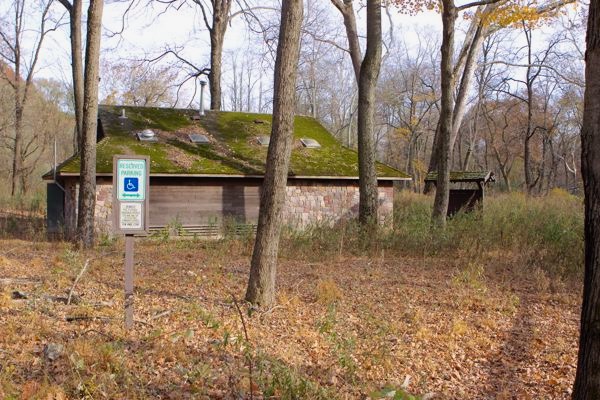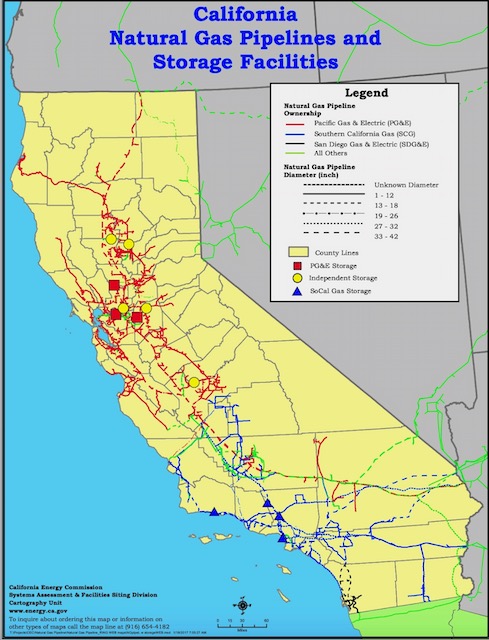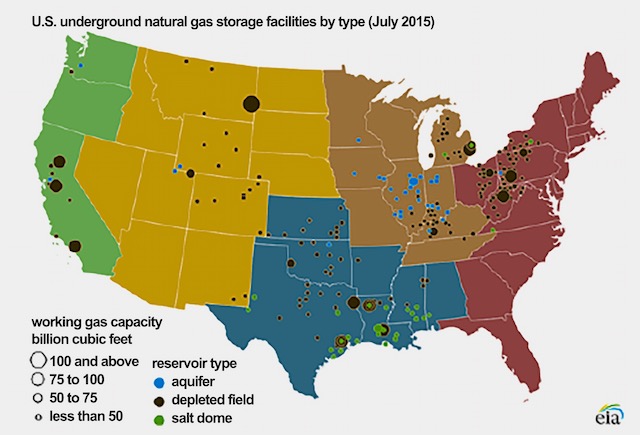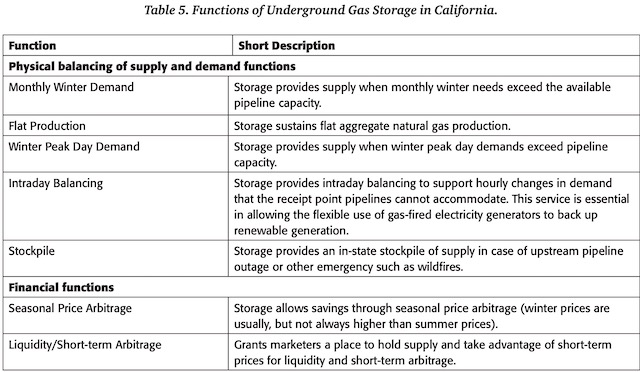NJ Senate Democrats Pushing Legislation That Could Privatize State Parks, Lead to Corporate Promotions, And Build Industrial Energy Facilities In State Parks And Forests
Corporate “Legacies”, “Bequests”, “Endowments” And “Partnerships” Are Pathways to Privatization And Commercialization
The Bill Is Actually Worse Than Gov. Christie’s Parks Privatization Policy
The Privatization Scandals At Liberty State Park Would Be Expanded Statewide
[Update: 6/13/22 – Highly unusual last minute agenda change – this bill is up TODAY! Smith POSTED BILL ~~~ end update]
SMITH APPARENTLY HELD BILL. Amazing, because the groups involved brought us the “Stewardship” nightmare and stole parks funding. See this garbage:
S1311 (attached) is up for a Senate Environment Committee vote on Thursday. … PPA, NJCF and NJLCV have various concerns about the Bill, including an obvious concern about raising funds for so-called stewardship that includes mechanized logging. Groups will be reaching out to Senator Smith asking that the bill be held until there can be further discussions. There are several unintended consequences (or perhaps, intended consequences) that may emerge throughout the Bill. I will be requesting that Senator Smith hold the bill at least until the NJFTF has concluded its business.
NJ Senate Democrats are supporting legislation purported to generate funding for State Parks via creation of a New Jersey State Parks and Forests Foundation (hit the link to read the bill, S1311, Turner).
Before we get to what the bill would do, we need to remind readers of four important things about generating funds for State Parks and Forests:
1) hundreds of millions of dollars of previously Constitutionally dedicated funding for State Parks was stolen by the Green Mafia’s “Keep It Green” open space campaign. Remember this?
State Parks Director Texel’s devastating words – he wrote:
As the Director of the NJ State Park Service now coping with the reality that our entire Parks capital budget will be completely eliminated beginning July 1, 2015 as a result of the YES vote I can say this is the darkest day I have faced in my professional career. Worse than Superstorm Sandy.
2) Legislation enacted way back in 2008, seeking to generate parks funding, mandated that DEP collect market based lease and concession revenues – including for billion dollar generating energy infrastructure like pipelines and electric transmission lines – is not being implemented, see:
3) DEP still is collecting only pennies on the dollar in public compensation for Natural Resource Damages, funds that could go to State Parks. As a result, NJ’s corporate polluters have evaded billions of dollars of NRD liability -and they even killed Senator Smith’s Legislative Taskforce on NRD standards. For that story, see:
4) If Senator Turner seeks to serve her constituents, maybe she should consider creating a new Delaware Riverfront State Park at Duck Island. A land donation and unwinding PSE&G’s recent sale of the Duck Island power plant to a warehouse developer in order to support development of a new urban waterfront State Park on Duck Island would be a small gesture of reciprocity by PSE&G.
Now, let’s get to what the bill would do.
Under various guises and slogans – from “Stewardship” to “Partnerships” – the bill actually would lead to privatization, commercialization, and even industrial development of State Parks and Forests. Here’s how:
Broad Contract Powers With Little Oversight
The bill provides broad powers to the New Jersey State Parks and Forests Foundation to enter into contracts, with virtually unfettered discretion, no competitive bidding, and no public participation or oversight:
to make, enter into, and perform all contracts and agreements necessary or incidental to the performance of its duties and the execution of its powers under this act;
Among many other potential abuses, this contract power could be a stealth maneuver to authorize participation in various market based carbon credit and trading schemes, under the guise of “carbon sequestration” in NJ forests.
DEP staff to the Forest Task Force have already admitted that DEP is working on joining the failed California carbon credit scheme, expanding RGGI to allow carbon credit generation, and even participating in purely private carbon credit markets and trading schemes, like currently underway at billionaire Peter Kellogg’s Hudson Farm in the Highlands forests. As we recently wrote, current Murphy DEP Assistant Commissioner For Parks And Forests John Cecil was actually paid as a consultant to write Kellogg’s Forest Management Plan.
In addition to broad contract powers, Section 4 of the bill provides the following powers to the New Jersey State Parks and Forests Foundation:
Partnerships:
to enter into partnerships with qualifying tax exempt nonprofit organizations or local government units for the development, including stewardship, of lands preserved for recreation and conservation purposes.
I’m sure there are billionaire’s and large corporations willing to enter into a “Partnership” with a friendly NGO and DEP to fund things like golf courses in Liberty State Park (just look at NJ Audubon’s “Corporate Stewardship” program for examples. Sustainable NJ and NJ Future, NGO’s, also have corporate Stewardship programs).
It’s called “Pay-to-Play”.
Private Fundraising
(1) to solicit and collect monetary donations and receive gifts, grants, devises, and bequests of financial contributions for the development, including stewardship, of State parks and forests
(2) to accept gifts, legacies, bequests, and endowments for any purpose within the scope of the foundation and, unless otherwise specified by the person making such a gift, legacy, bequest, or endowment of money in furtherance of the foundation, to invest the same in whole or in part in an interest-bearing trust account or general obligations of the State of New Jersey;
I’m sure there are many billionaires and corporations who are willing to pony up millions of dollars for “legacy” naming rights (Walmart Long Beach Island State Park!), or make million dollar “bequests” for all sorts of commercialization and privatization proposals, from marina’s to canoe rentals. “Comcast State Park”. “PSE&G Plaza” – think of the endless commercial possibilities! Woohoo!
Industrialization
We’ve already seen a huge proliferation of industrial scale solar facilities sited in NJ’s vanishing farms and forests.
The bill would expand on that solar technology, to include wind, geothermal, or virtually any absurd “renewable energy” (including biomass from logging) in State Parks and Forests:
(4) in consultation with the Commissioner of Environmental Protection, to develop and oversee opportunities for the construction and operation of renewable energy generation systems at State parks and forests
Unlimited Outdoor Recreation
Can you imagine how this power could be abused? Off Road Vehicle Parks as “outdoor recreation”?
to advise the Department of Environmental Protection concerning the preparation of master plans and management plans prepared by the department for each State park and forest pursuant to section 5 of P.L.1983, c.324 (C.13:1L-5) in order to enhance outdoor recreational activities and programs within State parks and forests for the benefit of the State’s citizens;
Patronage Jobs
And the cherry on top is patronage: staff are exempt from Civil Service requirements:
all without regard to the provisions of Title 11, Civil Service
This bill is a disaster, is insane, and must be stopped.





